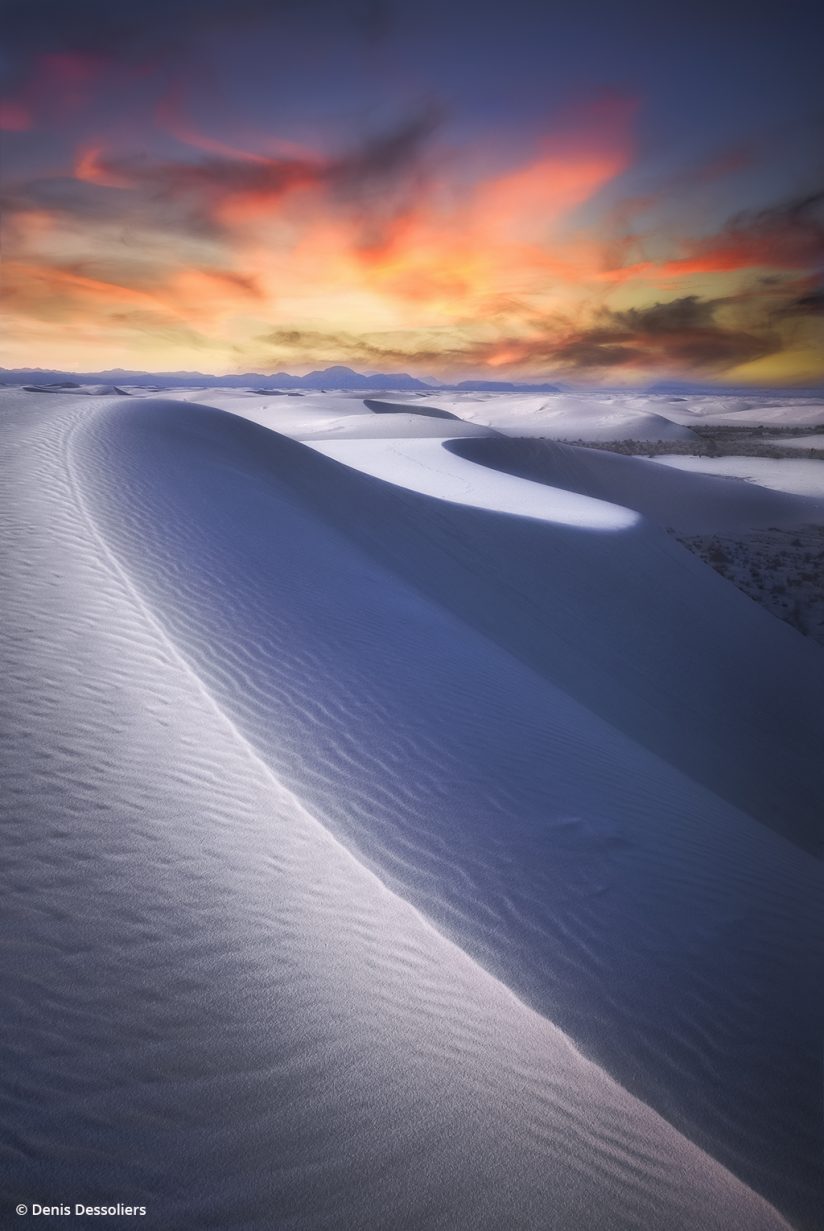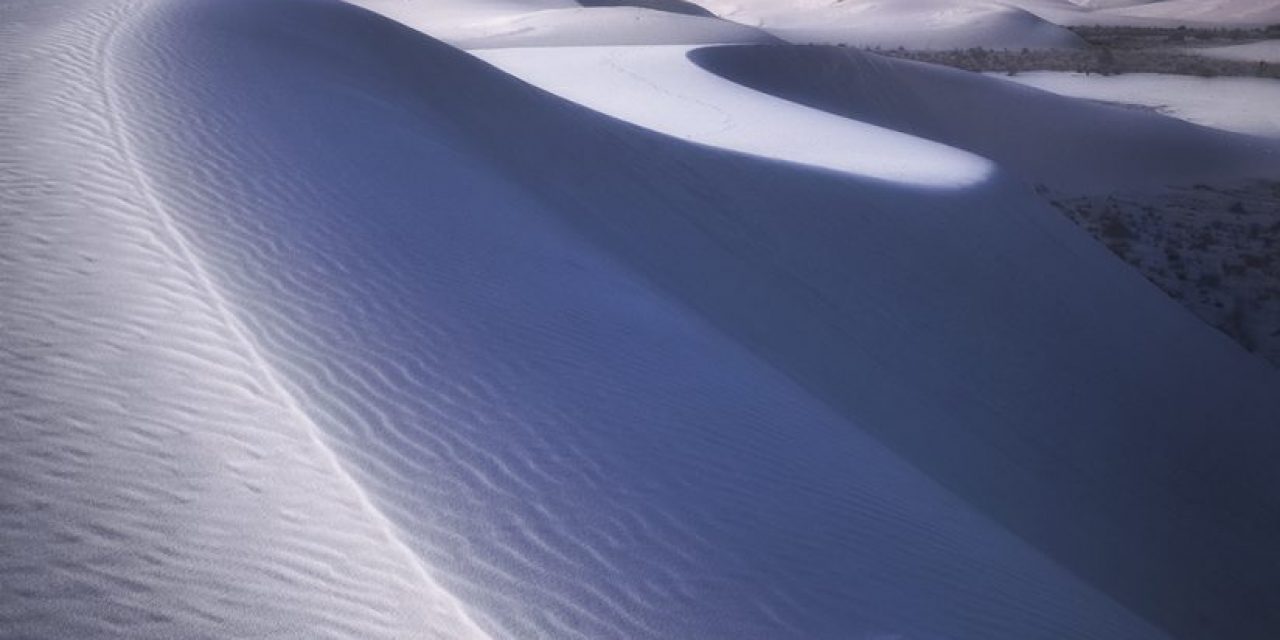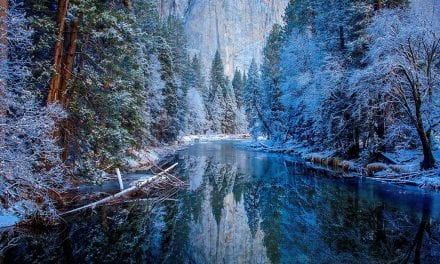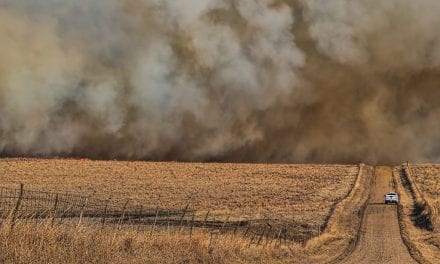
White Sands National Monument is in the Tularosa Basin in Southern New Mexico. The White Sands gypsum dunefield covers 275 square miles, making it the largest gypsum dunefield in the world. The National Monument preserves more than half of this dunefield.
Gypsum is actually a clear substance. The dunes appear white like snow because the gypsum grains are constantly banging into each other. The resulting scratches reflect the sun’s rays, making them appear white. Also, unlike silica sand, gypsum doesn’t absorb heat from the sun. So even on the hottest day of the year, the dunes are cool and comfortable to walk on, making White Sands a nice stop in the summer.
I arrived at the White Sands National Monument Visitor’s Center in the afternoon to check in for overnight camping. Being able to set up close to the desired location and be ready to shoot is so important to maximize your day. I wanted to capture the radiance of the sunrise at the top of the morning. To my surprise, on this particular day, overnight camping wasn’t available. White Sands is also home to a facility that regularly conducts missile tests. If you decide to make this your next destination, I’d advise calling ahead so you can plan your trip accordingly.
I started my trek across the dunes the following day when the park was cleared for entry. My initial plan to have sunrise shots was out of the question, so I decided to spend time searching for nice compositions and mapping my locations. Scheduling was very important for me because of how many locations within the park I wanted to shoot and the window of time I had during the sunset period.
An hour before sunset, I traveled to my first location and bunkered down. Camera set up, tripod buried in the sand, composition in place—I was ready to go. The blue in the sky slowly started to fade, and the beautiful warm tones of the sun ever so slightly kissed the sky. That was my queue to start clicking away.
A good amount of time had passed, and I had taken many photos I was happy with, so I decided to pack up and head back. I ended up taking a path I hadn’t walked through before. To my surprise, there was this incredible line with high and low peaks I didn’t see during the day while scouting. There was still enough light in the sky for another quick session, so I unpacked all my gear again and shot away. While I was very happy with my other photos, this spot had such an interesting composition and balance of tones. The end result is what you see here.
Nikon D800, AF-S NIKKOR 24-70mm f/2.8G ED at 29mm. Exposure: 1 sec., ƒ/11, ISO 200.
See more of Denis Dessoliers’ photography at flickr.com/photos/64495510@N04.
The post Behind The Shot: Line In The Sand appeared first on Outdoor Photographer.
















